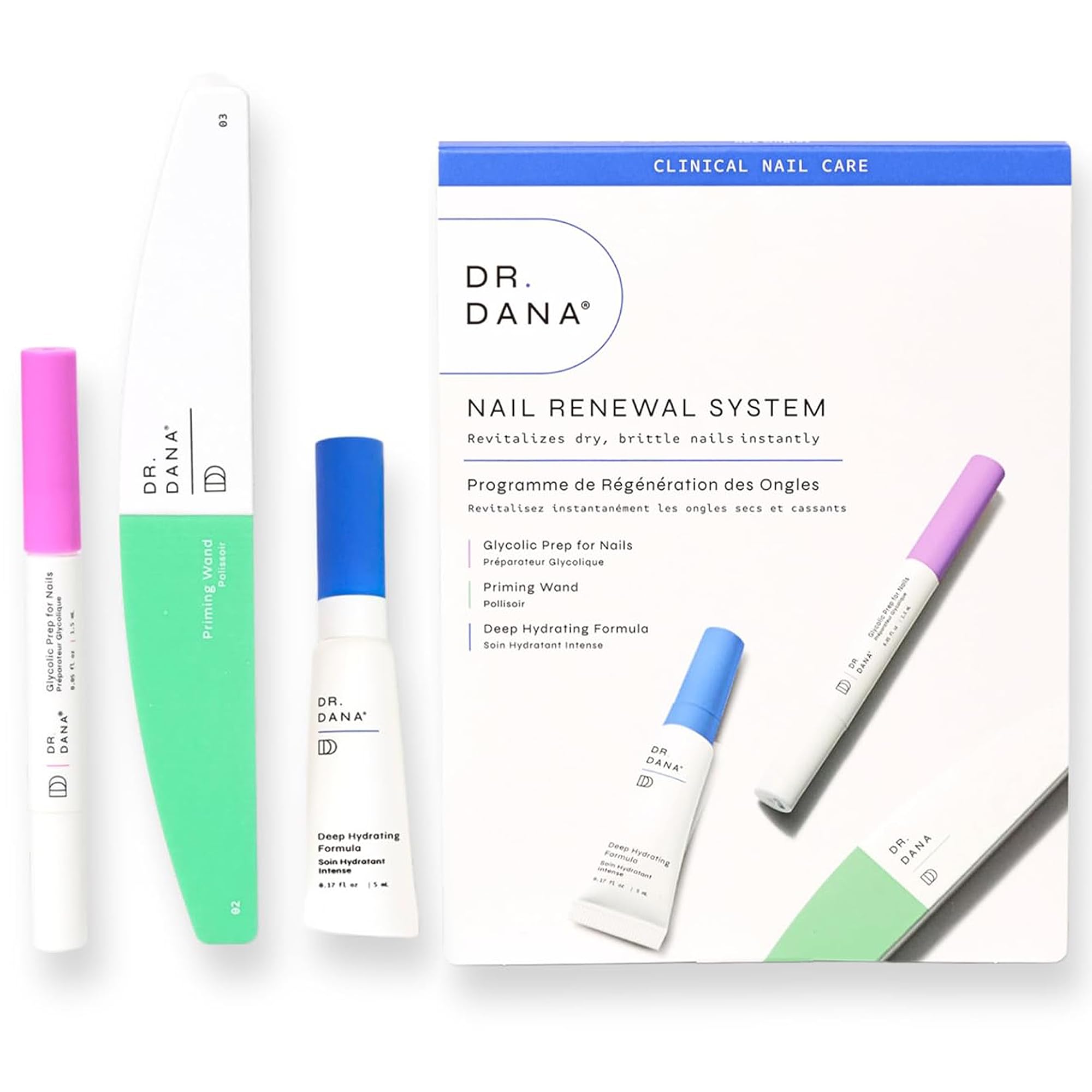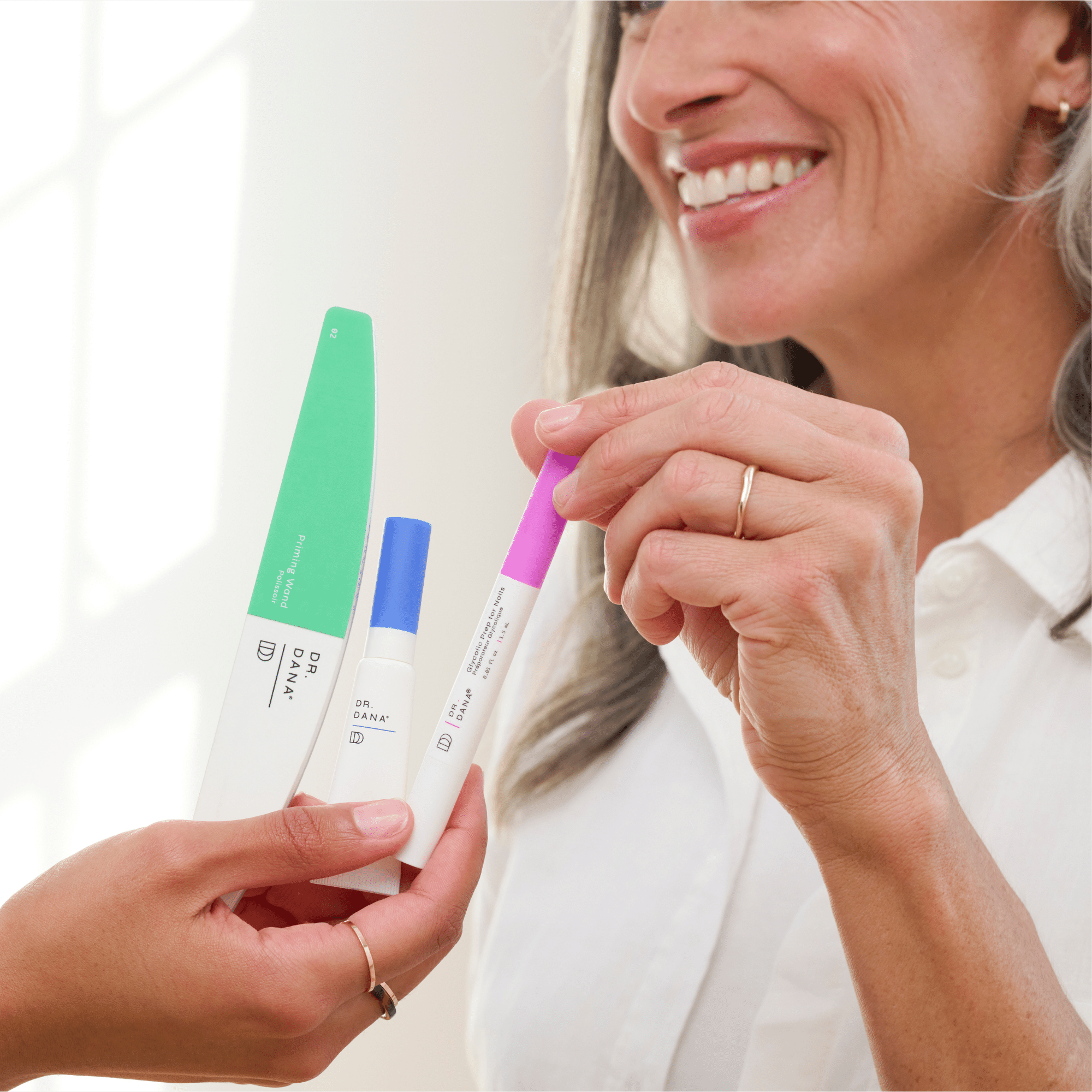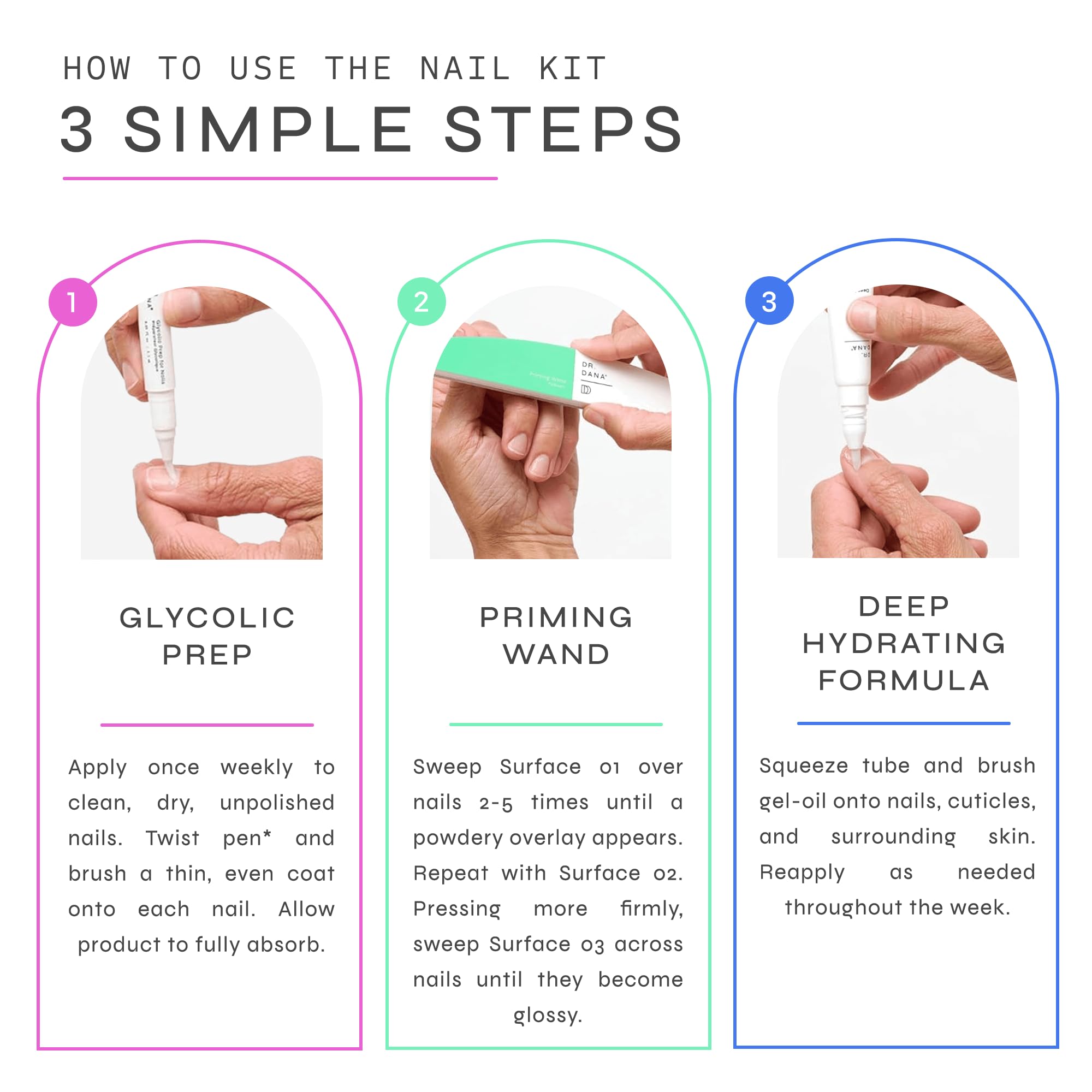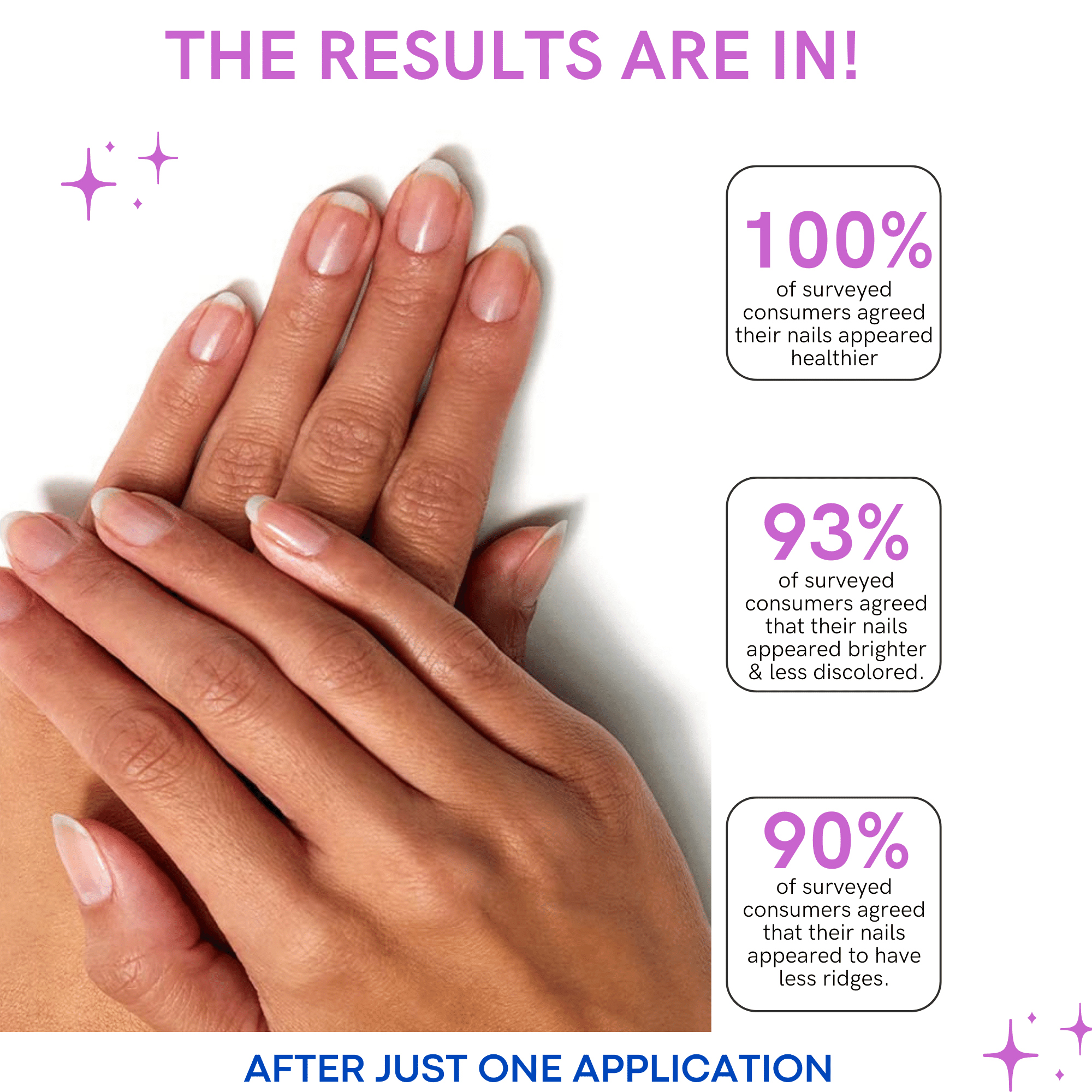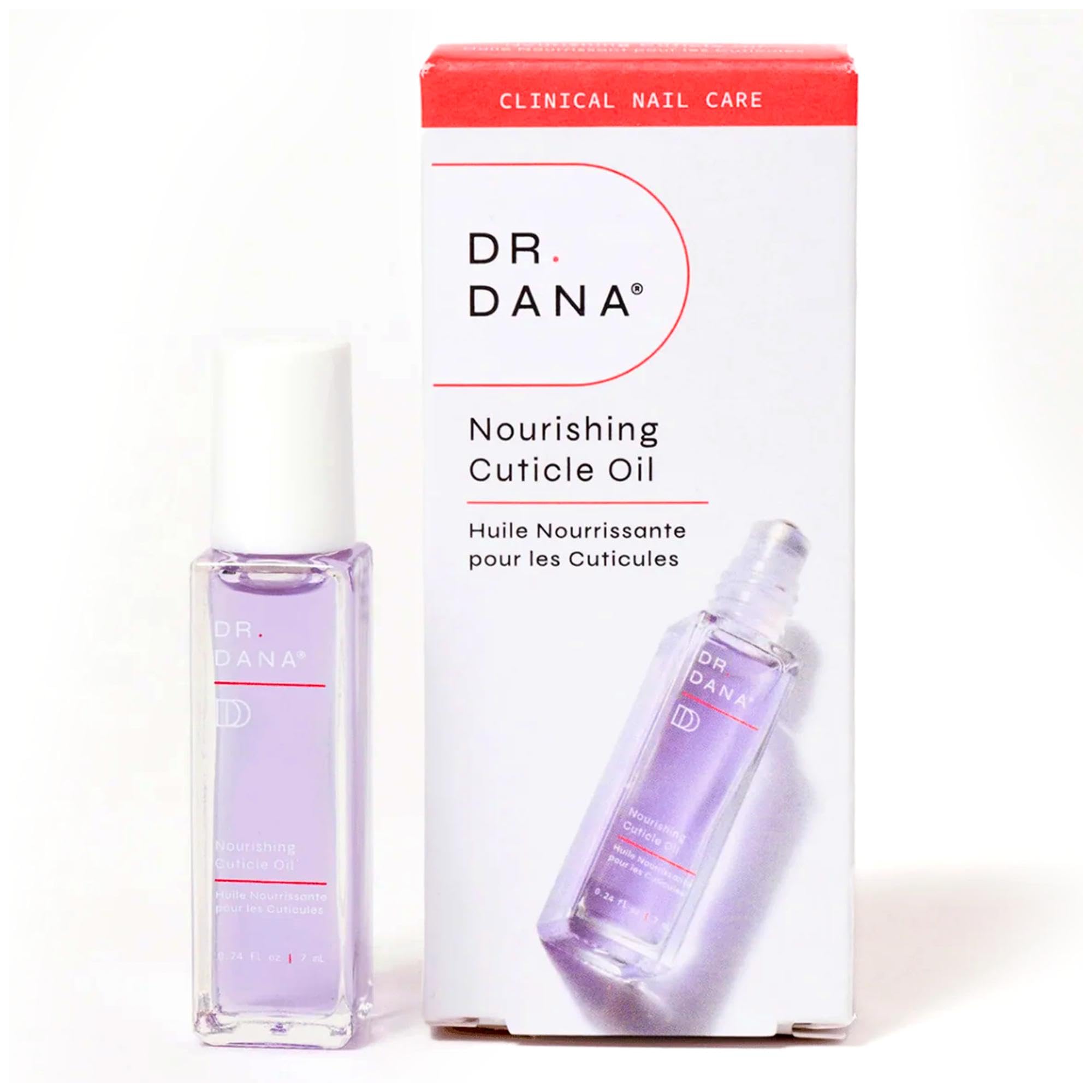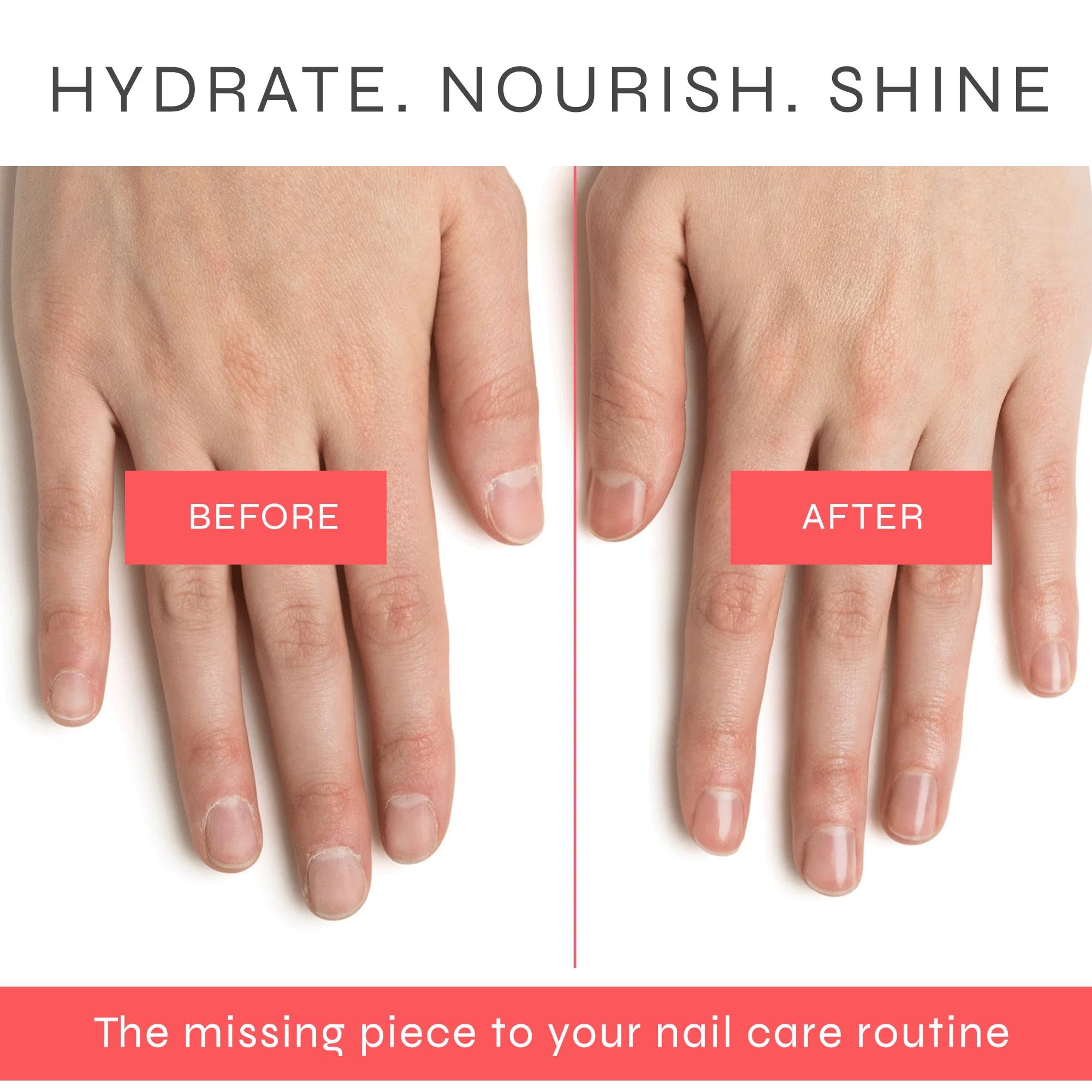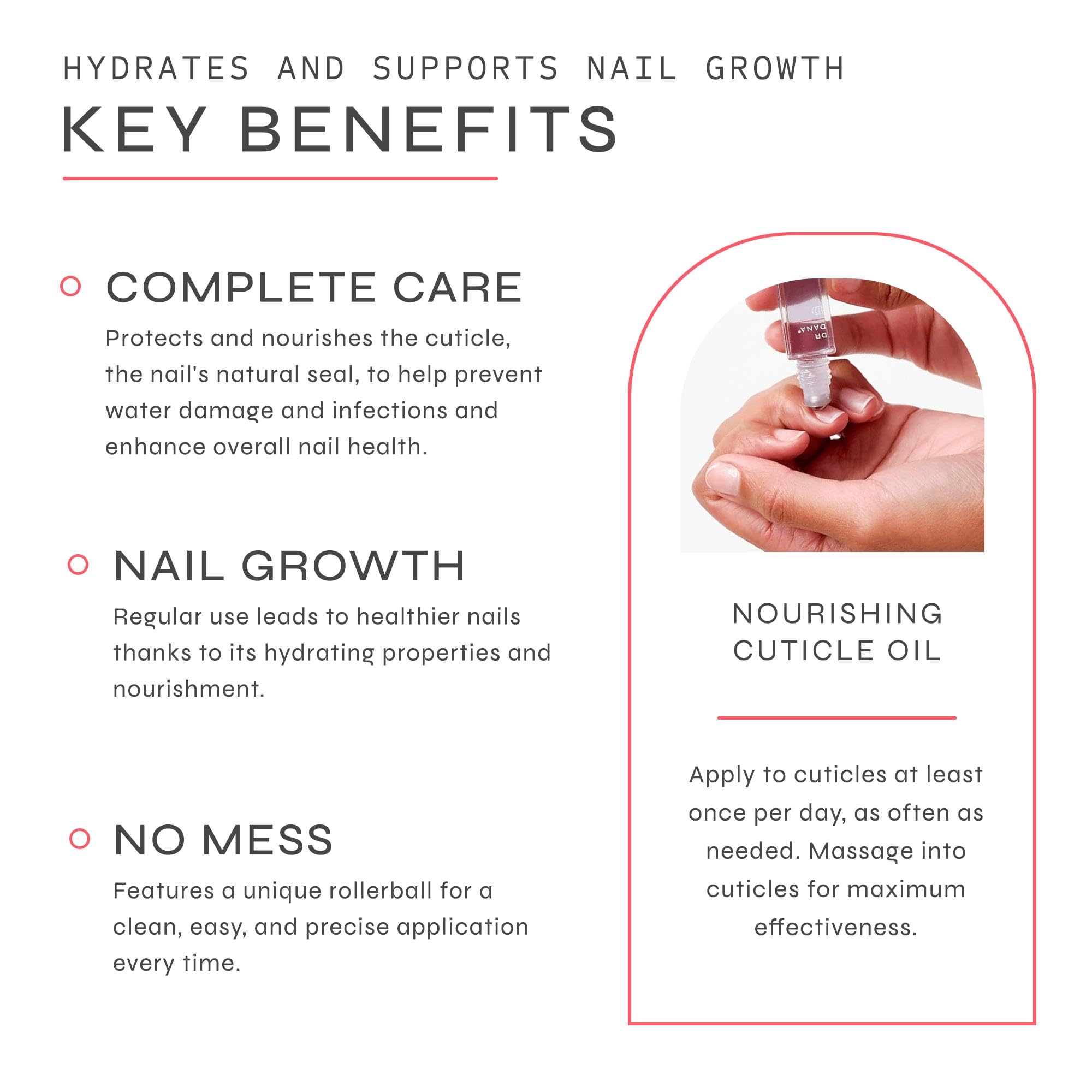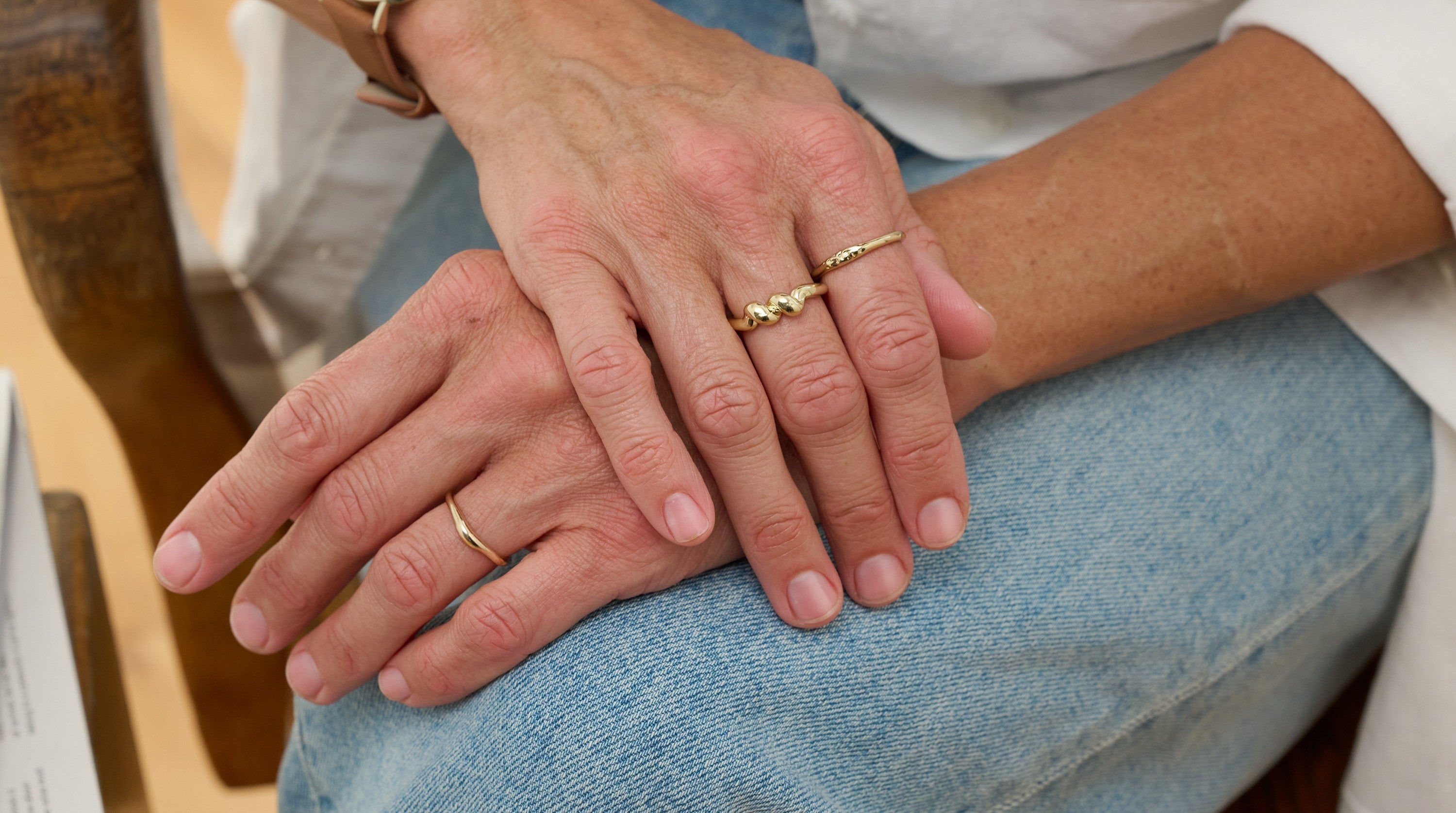Whether you realized it at the time, you have very likely suffered from an ingrown nail—and even more likely, an ingrown toenail. They can be painful and can cause larger issues if left untreated. So what causes ingrown toenails exactly, how can you tell if you have one, and what can you do about it?
Let’s get into it all.
What is an ingrown nail?
An ingrown nail—which is medically referred to as onychocryptosis—is when the corner or edge of the nail embeds in the surrounding skin. It most commonly affects the big toenail because the nail has sharp edges and when it pierces the surrounding nail fold tissue it can begin to grow into the skin.
Are ingrown nails more common on the hands or feet?
Ingrown toenails are definitely more common, although an ingrown nail can also occur on the fingers. With fingernails, the issue usually develops in people who have a nail dystrophy called a pincer nail. This means the fingernail has a very exaggerated over-curvature which can cause it to grown into the skin surrounding the nail more easily.
What are some of the most common causes of ingrown nails?
There are a number of factors that can contribute to causing an ingrown nail. These can include:
- If you cut your nails too short, it can make them more prone to embedding into the skin, leading to an ingrown nail.
- If you cut your nails on a curve, as opposed to straight across, you are creating a shape that is more likely to become an ingrown nail.
- Certain people have nails that are just more prone to embedding because the nail has an exaggerated curved shape.
- Wearing shoes that don’t fit properly can cause an ingrown toenail, like around your big toe.
- A common cause of ingrown toenails in athletes is repetitive toe trauma.
What are the symptoms of an ingrown nail?
The nail plate has sharp edges, so when it embeds into the skin around your nail, it can result in significant pain, redness at the surrounding skin, inflammation, and swelling. When the embedded nail is not removed, a granuloma—aka a mass of vascular tissue—can develop in response to the trauma.
What does an ingrown nail look like?
An ingrown nail can look like a growth because it is the body’s way of attempting to wall off the sharp object that is piercing the skin. In addition to the nail digging into the nail fold, there is also a heap of tissue that develops overlying the site where the nail is embedded. Other signs of an ingrown nail include swelling, redness and sometimes drainage or pus (if infected).
What should I do if I think I have an ingrown nail?
- Try epsom salt soaks in cool water to help alleviate inflammation.
- Wear shoes where the nail does not make contact with the shoe. For example, open toe, well-fitting sandals are ideal in the summertime.
- An over-the-counter anti-inflammatory medication like Ibuprofen can help with your discomfort.
- Keep the area as clean and dry as possible.
- Do not try to dig into the nail fold with tools or to perform a home surgery.
- If the pain and inflammation persist, contact a professional.
Can nail techs do anything to help ingrown nails?
Many nail technicians are very proficient and skilled at caring for clients who suffer from chronic ingrown nails. Sometimes a simple clipping of the embedded section will create immediate relief by removing the embedded segment.
When it comes to trimming the toenails, nails are best cut straight across, as opposed to on a curve. This will prevent embedding or ingrown nails and you should feel free to ask your nail technician to do this for you.
This means that shape wise, a square would be preferred to round—although squoval (square with a bit of filing on the edge) is totally okay, too. Also, it is important to not cut the nail too short as that will make it more prone to embedding into the skin. Those who suffer from ingrown nails should allow their toenails to grow a bit longer than is typical.
How can you tell if an ingrown toenail or fingernail has caused an infection?
When infected, there will be pus, or purulent drainage, around the area. And there can also be significant swelling, warmth, and extreme tenderness.
When should you seek a doctor’s help for an ingrown nail? How will a doctor treat it?
You should see your provider as soon as possible if you develop an ingrown toenail and you have any of the following conditions:
- Diabetes
- Severe nerve damage
- Poor blood circulation
- Infection
When ingrown nails occur often or if have a significant impact on your ability to move around, participate in activities, and are chronically painful, it is time to see a podiatrist or a board-certified dermatologist.
Most of the time, ingrown toenails heal without surgery. However, in more severe cases, your healthcare provider may need to remove part of the nail with a procedure called a nail avulsion. Surgery keeps the edge of the nail from growing inward and cutting into the skin. For children who have persistent infections, the permanent removal of a portion of the nail can also help.
During a partial nail avulsion, your provider injects a numbing medicine into your toe and then cuts away a portion of the embedded toenail. For recurrent ingrown nails these avulsion procedures can be done permanently with the assistance of a chemical to kill the nail root. This procedure is called a matricectomy and will enable the nail to subsequently grow in more narrowly which eliminates the risk of chronic embedding.
When an infection is present, it will be important for your doctor to drain and culture the infection. There is also a chance your treatment may include an oral antibiotic.



